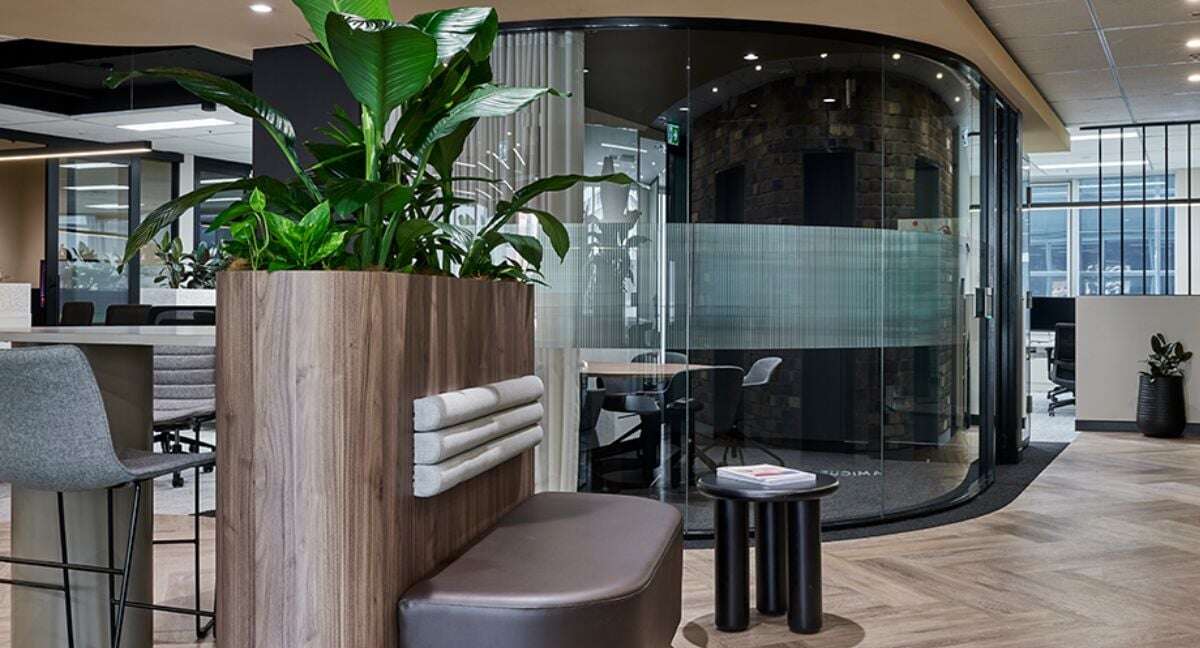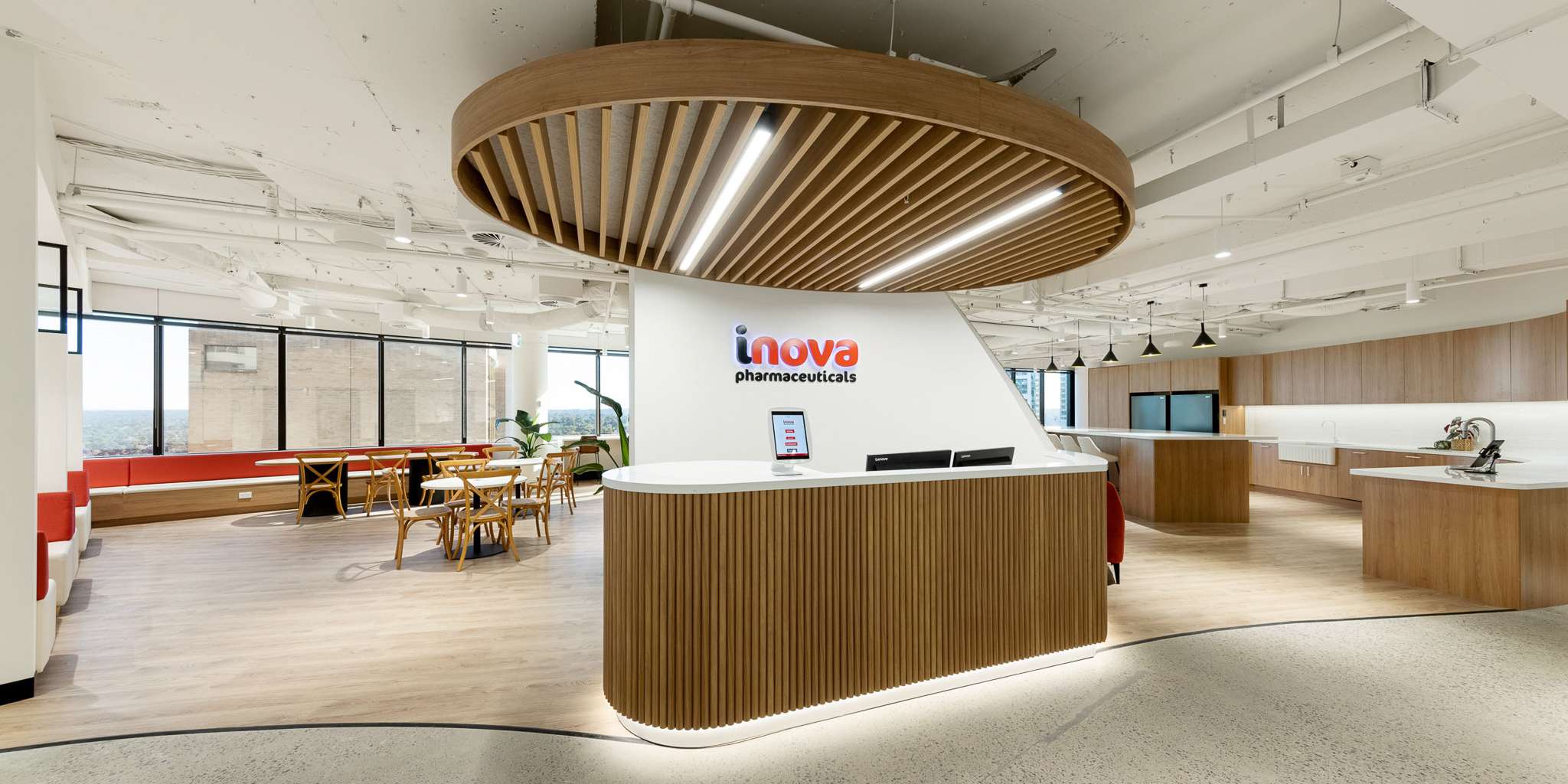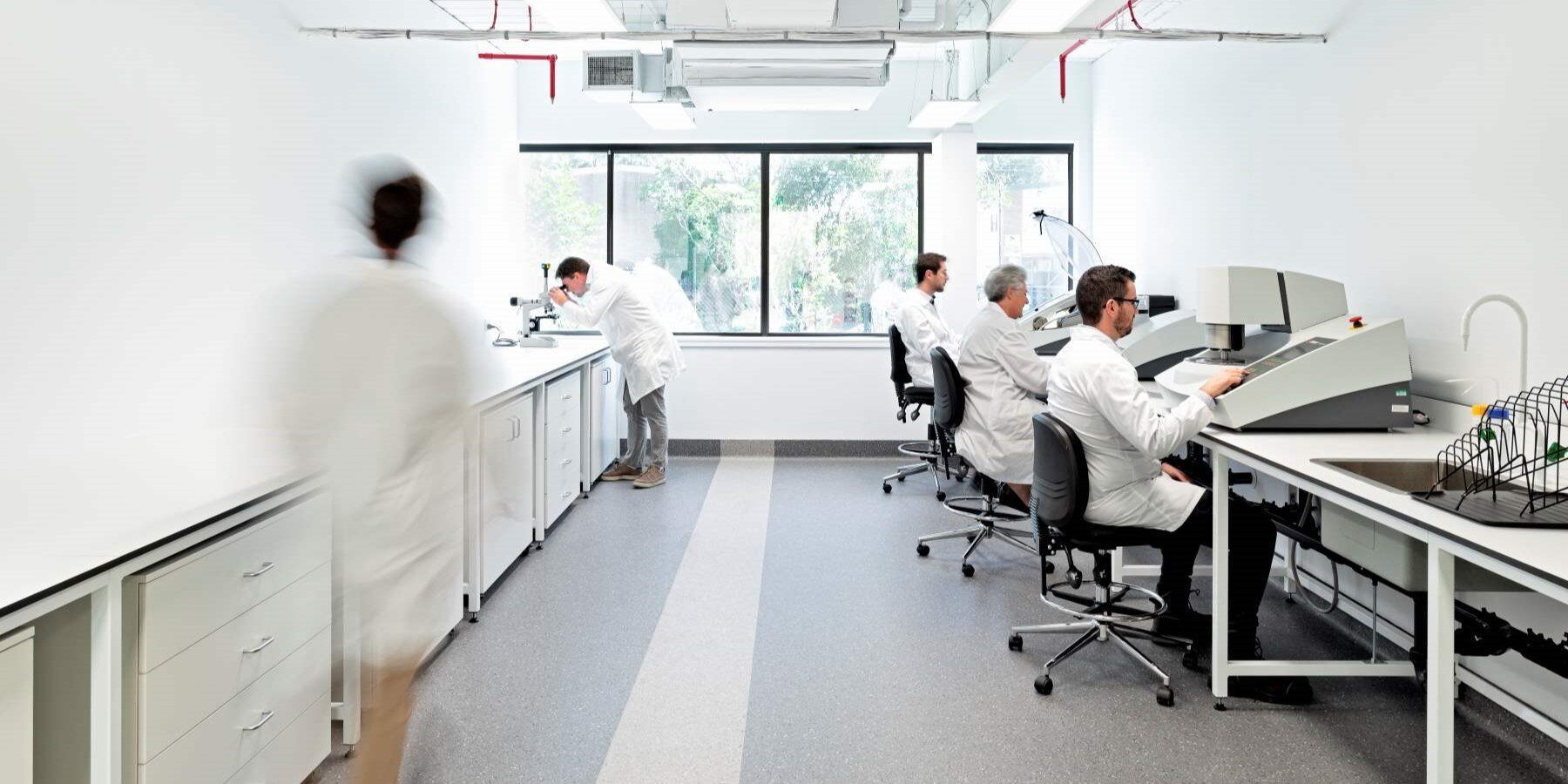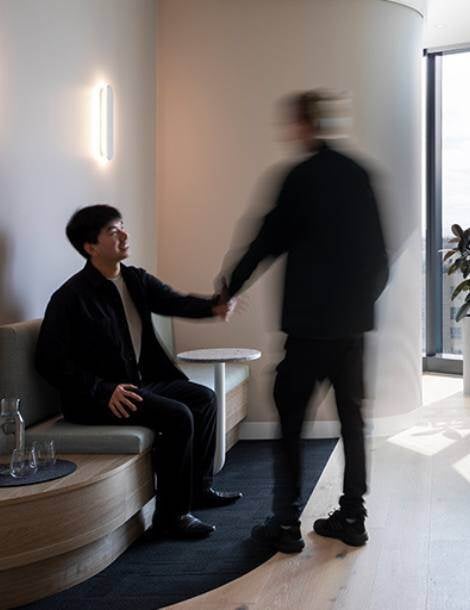The Impact of Hybrid Work and Design Trends on Office Fitout Costs
As we emerged from the Global Financial Crisis in 2009/2010 the cost of delivering an office fit out across Australia averaged around $1,000 per square metre. A smart 1,000 sqm fitout would cost you an average total cost of $1m.
If you caught the real estate cycle at its bear point, with landlords scrambling for new tenants, a 20%-30% incentive over a typical 5 year lease term may be on the table which would equate to a dollar incentive of $1.0m-$1.5m which would give a business the exciting option of moving to a new building with very low capital fitout costs, effectively you could move your business to a new building with zero outlay and have a shiny new home, that is in some but not all CBD markets. This all meant that long term planning for funding an office move was a whole lot easier for business leaders, that is if you had the commercial real estate crystal ball.
The new equation
The GFC followed by a global recession, 6 changes of Prime Ministers, a planet wide pandemic and a few expensive wars later here we now are in 2025 with the new normal of $1,500-$2,000 per square metre for an office fitout. The lease incentive algorithm doesn’t stack up any more and there is a strong headwind for tenants and landlords to navigate together.
So what has changed and when did that crystal ball get smashed?
Myth busting
The boring study of Inflation will tell us some of the story but $1,000 in 2010 would only be worth $1,300 in today's money so sadly we cannot simply blame government fiscal policy for where we are now. Unless you’ve been asleep in a cryogenic chamber for the last 5 years you may have noticed that there’s been a few generational changes in how we work these days and what the office stands for, and means to us.

Hybrid
It took most of us about 15 years to finally embrace the Prius, the world’s first hybrid production car launched in the year 2000, and some of us are still suspicious, we don’t like change very much. The ugly enigma that was Mr & Mrs Covid-19 sent us all scurrying home with a silver lining that we could wear shorts to work in our home office.
We all learnt a great new phrase to chuckle to, as “you’re on mute” became the most spoken sentence in business. In the depths of commercial despair some businesses took immediate steps to reduce their global real estate footprint, whilst others played the waiting game until someone clever decided to get that weird word “hybrid” back out of pandoras box to start give us a more meaningful glimpse at what our new normal might look like.
“Hybrid” referred to a new way of working split between home and office. It also referred to a new approach to office design to cater.
Please explain
The new design approach stemmed from two facts. First, desk space seemed wasted when on a typical day many were working from home. This meant a business of 100 people previously occupying 1,000sqm could now consider a smaller footprint with a hybrid approach to working. Surely this would mean a reduction in real estate costs for a business?
Yeah, nah!
Because second, we discovered that the average home environment outperforms the average office environment. Who wants to sit in an exposed open plan desk with constant interruptions if (true for many but not for all) you can have your own office at home and collaborate virtually as needed? Hybrid office design seeks both to equalise the home experience, and then do even better, to “earn the commute”.
This all meant that the shrunk hybrid workplace would now need better social settings, focus settings, better technology and better connectivity. The expectation was for more than a rectangular desk and a microwave kitchen now.
Thus new workplace became like restaurant that had to entice people to eat at it – by looking great, serving up a great experience, and supporting the variety of work activities that make a great day for a knowledge worker.

If that sounds like a bit too much, let’s acknowledge that some companies couldn’t bother with getting together in person, opting for a “remote first” mode where office time was massively de-emphasised or even dissolved. Others wound the clock back with firm “back to office” mandates with mixed success.
However many or even most leadership teams recognised that their organisational success was predicated on trust and autonomy, with heartful engagement and willingness to “opt in”. They recognised the need to incentivise coming together face to face and enable it properly. Their secret sauce relies on knowledge sharing, willingness to collaborate with transparency and vulnerability, and that ineffable sense of connectedness that can only develop in person. There was no avoiding it, the office had to lift its game!
Unsurprisingly this comes at a cost. What was saved in lease costs needed to be spent on the upgrade.
Office Fitout Cost in 2025 vs 2010
So let's solve this hybrid puzzle together. Below shows us how a 2010 $1,000 per square metre office fitout cost schedule now translates to a 2025 $1,750 per square metre hybrid workplace cost schedule. You will certainly see the effects of inflation, but also the role of technology and the higher expectation that the space performs for its people.

Come and have a chat with Amicus to help you establish what’s right for your business, and where best to invest.


/Cap%20Stats/amicus-company-profile-blog.jpg)

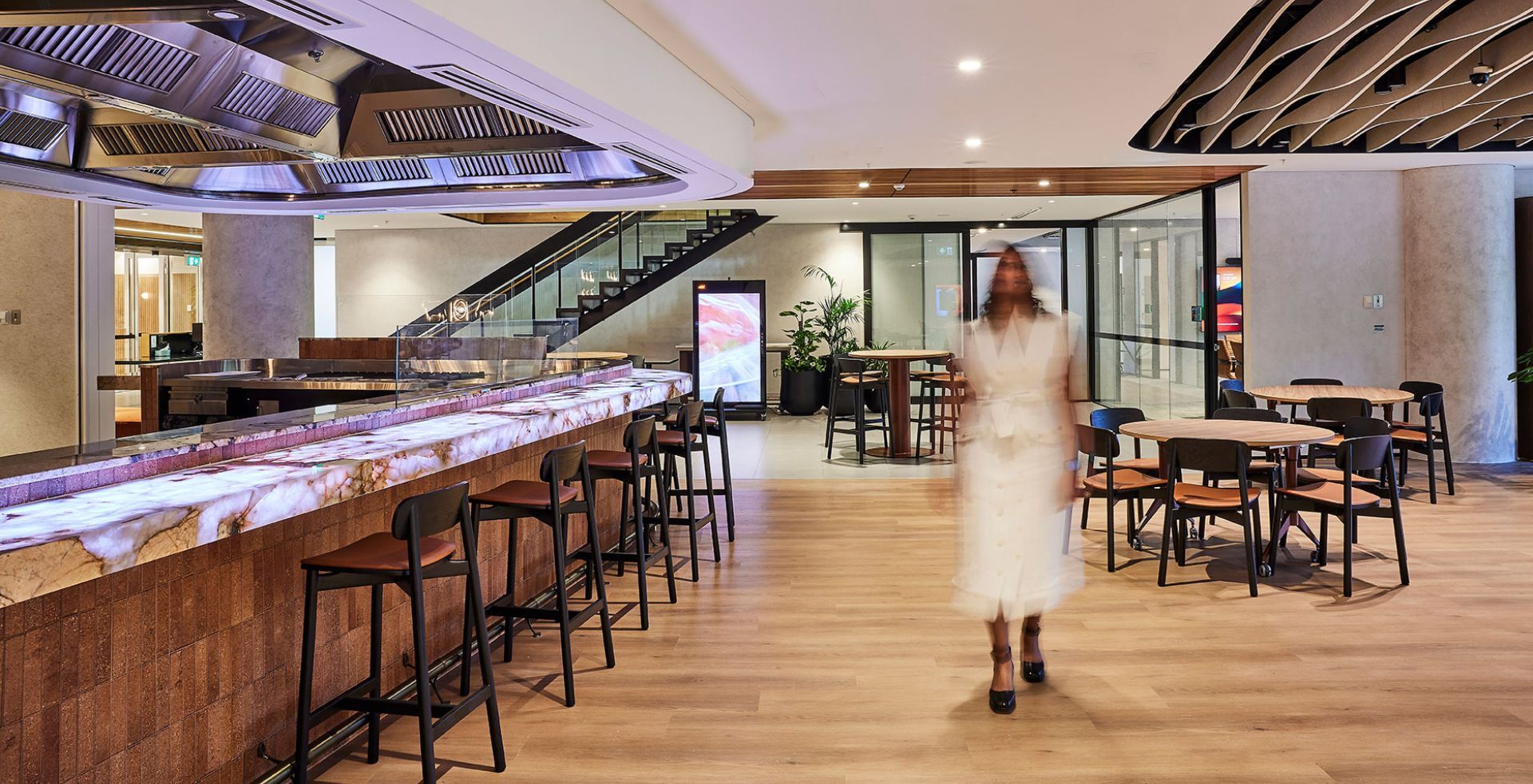
-2.jpg)
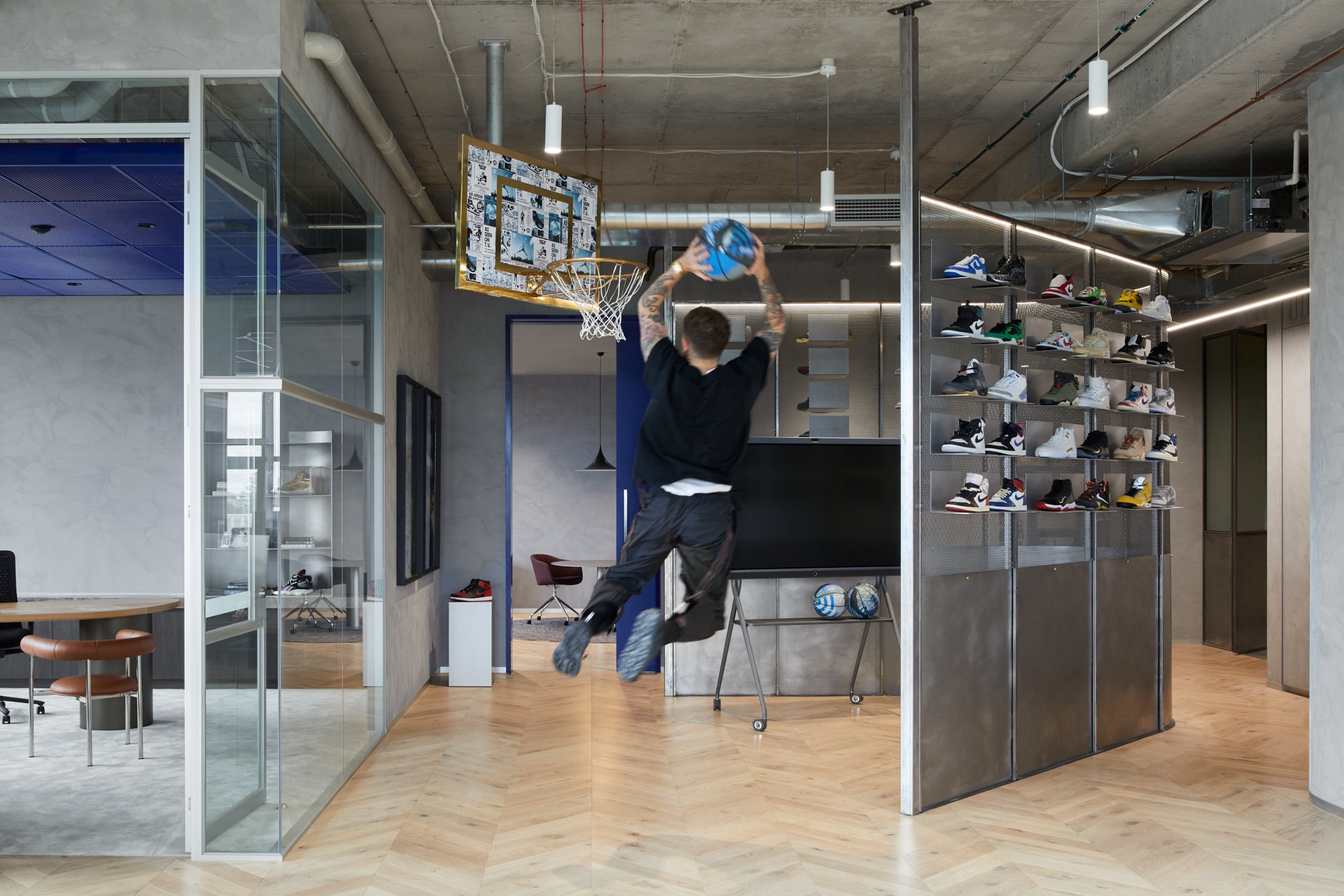
-2.jpg)
-2.png)
